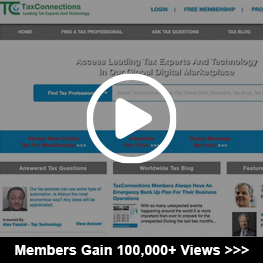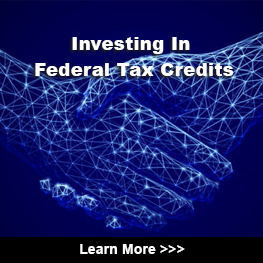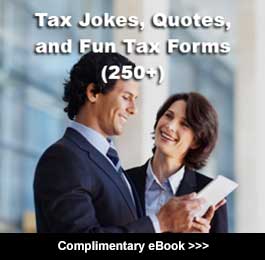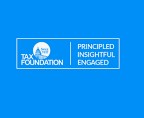
Whether a commercial property owner is undergoing new construction or remodeling, energy tax incentives should certainly be utilized to essentially tax effect the commercial building owner’s expenditures for undergoing the energy efficient renovation project.
As enacted in The Energy Policy Act of 2005 (hereinafter “EPAct”), the I.R.C. § 179D Energy Tax Deduction for building envelope efficiency encourages building owners to “Build Green” to not only save money by reducing their utility bills on a carry-forward basis, but to also reduce their tax liability on their tax returns as well.
As a synopsis of I.R.C. § 179D, commercial building owners can take a federal-level tax deduction of up to $1.80 per square foot of the building’s envelope if they install property that reduces energy and power costs. These installations need to be a part of the building’s interior lighting systems (i.e., up to .60 per square foot); Heating, Ventilation, and Air Conditioning systems (hereinafter “HVAC”; i.e., .60 per square foot for newly installed HVAC equipment); or building envelope (i.e., .60 cents per square foot for windows, doors, roofs or insulation). The deduction is allowed for both new construction and remodeling and the building must be placed in service between 2006 through 2014.
To further elaborate upon the building’s interior lighting systems discussed above, I.R.C. § 179D offers an accelerated tax deduction equal to the complete cost of installing energy-efficient interior lighting, capped at $0.30 to $0.60 per square foot proportional to Lighting Power Density (hereinafter “LPD”, calculated as Watts per Square Foot) reduction levels of 25% to 40%. Please consult the below LPD values prescribed in The American Society of Heating, Refrigerating and Air Conditioning Engineers (hereinafter “ASHRAE”) Standard 90.1-2001.
Percent LPD Reduction beyond ASHRAE Standard 90.1-2001 and the Amount of Eligible Tax Deduction per Square Foot
25% $0.30
26% $0.32
27% $0.34
28% $0.36
29% $0.38
30% $0.40
31% $0.42
32% $0.44
33% $0.46
34% $0.48
35% $0.50
36% $0.52
37% $0.54
38% $0.56
39% $0.58
40% $0.60
>40% $0.60
In order to achieve the maximum $1.80 per square foot under the I.R.C. § 179D energy tax deduction for building envelope efficiency, energy and power costs must be reduced by at least 50 percent when compared to a reference building. If a building comes in under 50 percent, it may still qualify for a deduction of $.60 or $1.20 per square foot by looking at individual systems. For partial deductions, the requirement for the building envelope is a 10 percent improvement. For lighting and HVAC/hot water systems, the improvement must reach a 20 percent threshold. Additionally, there are special rules for lighting-only projects applicable to both new construction and retrofits, which use a graduated scale. The standards for the reference building are somewhat dated and the thresholds can often be met through current design techniques.
The subsequent examples of select energy-efficient building materials and systems include, but are not limited to:
• Automatic Lighting Controls including “Bi-Level Switching” in Required Areas and other monitoring equipment such as Automatic Thermostats;
• Newly Installed HVAC equipment that may include Air-Cooled/Water-Cooled Chillers; Packaged Rooftop Units; Packaged Terminal Air Conditioning (PTAC) Units; Water Source Heat Pumps (Geothermal systems); and High-Efficiency Unit Heaters;
• Newly Installed HVAC systems with the following equipment options will further enhance a project’s chances of meeting the energy efficiency requirements including Variable Air Volume (VAV) Systems; Variable Frequency Drives (VFDs); Energy Recovery Ventilation (ERV); High SEER (Seasonal Energy Efficiency Ratings); and Economizers;
• High-Efficiency Insulation in Walls, Ceilings, Roofs and Floors (R-Values);
• Building Envelope Rooftop Improvements including DuraCool; White Reflective Roofing; and Increased Insulation. It should be duly noted that new shingles alone will not qualify;
• Building Envelope Window Improvements including EE Windows, Film or Treatments;
• High-Performance Glazing and other Energy-Efficient Materials on the Building Envelope;
• Ultra-Efficient Air Conditioners and Furnaces;
• Energy-Efficient Fixtures; and
• Natural Ventilation.
The I.R.C. § 179D energy tax incentive can significantly reduce a commercial building owner’s perceived costs for the renovations and should certainly be considered when planning an energy efficient renovation project. In addition, it should be duly noted that many states now offer energy based tax incentives which can be utilized in conjunction with the federal-level incentives to further reduce the expenditures of a building owner’s energy efficient renovation project.
Please connect with Peter J. Scalise, Federal Tax Credits & Incentives Practice Leader for Prager Metis CPAs, LLC for a complimentary consultation if you are contemplating a planned construction project and would like to consider the benefits of energy tax incentives.


















Recent Comments